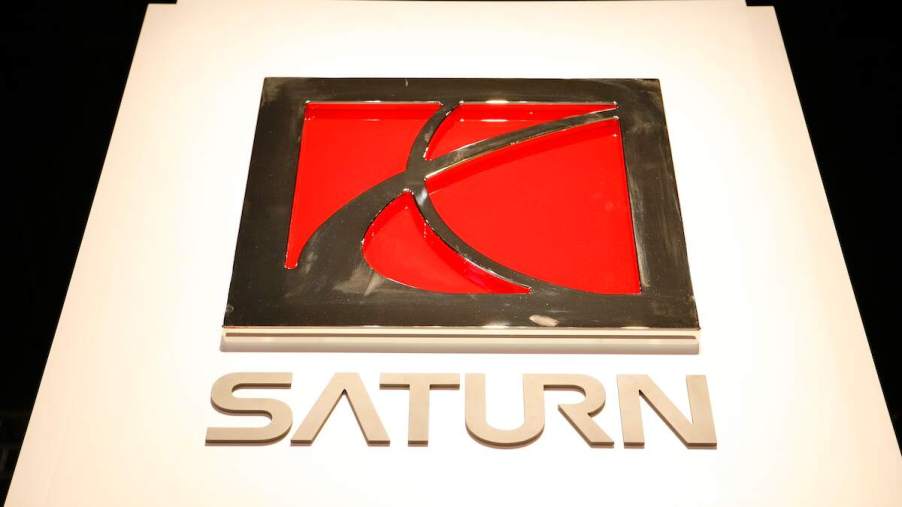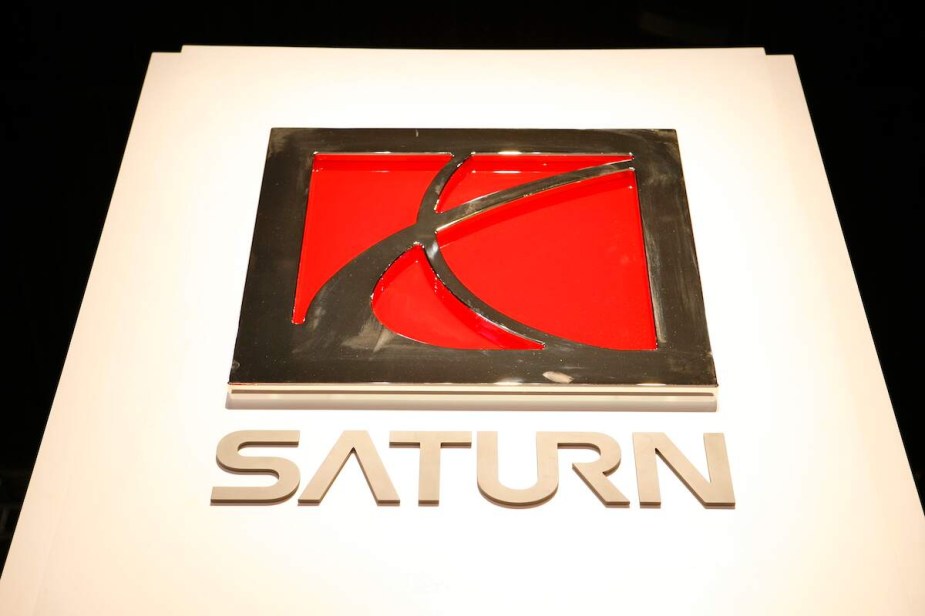
Only 2 Saturn Cars Offered Hybrid Powertrains
Saturn was created to be General Motors to compete with the best overseas competition. However, with the Saturn company long gone, it may seem like it was a failure from the start, but that is far from the truth. The company made a vehicle that could not be dented or rust out over time, which was made in America, using the industry knowledge of frontline workers, building fuel-efficient vehicles that could be serviced at any GM dealer. What could go wrong?
Saturn failed to innovate

Saturn was founded in 1985 and produced its first car for the 1991 model year. From the start, Saturn quickly gained traction as a true competitor in the small vehicle market. The Saturn lineup was small at first, featuring the sporty Saturn SC coupe and Saturn SL sedan. By focusing on two small vehicles with no haggle pricing, consumers felt safe and in control at dealerships. As the Saturn SC and SL continued their initial run, consumers were getting tired of the same two vehicles, and the company was desperate for a new vehicle.
For the 2000 model year, Saturn introduced the L-series, which was a rebadged Opel Vectra. Yes, Saturn, the company that claimed that it was “a different kind of car company”, was turning into a typical GM badge engineering factory. In the following years, the Saturn Astra, Aura, Relay, Ion, Sky, and Outlook would be released with many of these models being rebadged models from overseas companies. With GM’s bailout in December of 2008, Saturn was on the chopping block for GM. For GM to receive $13.4 billion in financing from the government, they had to downsize their company and discontinue less profitable branches including Pontiac and Saturn.
Did Saturn ever make a hybrid vehicle?
Even though Saturn turned into a bad-engineering giant by the end of its life, there were a few hybrid vehicles offered by Saturn. The Saturn Vue crossover SUV was offered with a hybrid powertrain in 2007 as the Vue Green Line. The Vue Green Line offered fuel a fuel economy rating of 25 mpg city and 32 mpg highway and it was priced at $2,000 over the base model Vue price. The base model Vue on the other hand achieved a fuel economy rating of 19 mpg city and 26 mpg highway.
According to Car and Driver, the other hybrid offering from Saturn was the Saturn Aura Green Line which debuted in 2007 as well. The Aura was the cheapest hybrid on the market at the time with a starting price of $22,695 MSRP, which was around $2,000 more expensive than the base Aura. While the base model Saturn Aura achieved a fuel economy rating of 20 mpg city and 29 mpg highway, the Aura Green Line got around 28 mpg city and 35 mpg highway.
Saturn’s hybrids failed to inspire from the Saturn Vue to the Green Line
While hybrid technology was very new in 2007, Saturn failed to take advantage by offering hybrid vehicles at prices that were thousands of dollars more than the base model while hardly offering anything in return. Today, hybrid systems are well worth the price due to just how efficient they are. The Saturn Green Line series’ paltry 5 mpg increase over its base model counterparts is comical compared to today’s 53 mpg city and 52 mpg highway efficiency found in the similarly sized Toyota Corolla Hybrid.
While Saturn failed to impress with its hybrid technology at the time, they can be found cheap today in used vehicle lots throughout the country. If you are looking to buy your first mild hybrid vehicle, a Saturn Green Line vehicle can be an interesting conversation piece as an interesting example of early hybrid technology.
Related: https://www.motorbiscuit.com/used-suvs-2009-saturn-vue-honda-cr-v/



